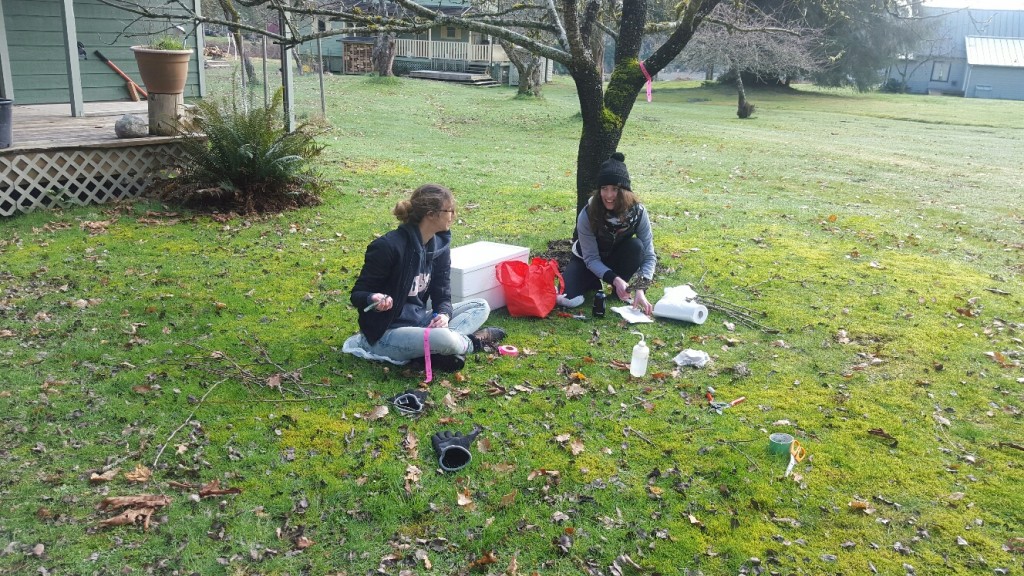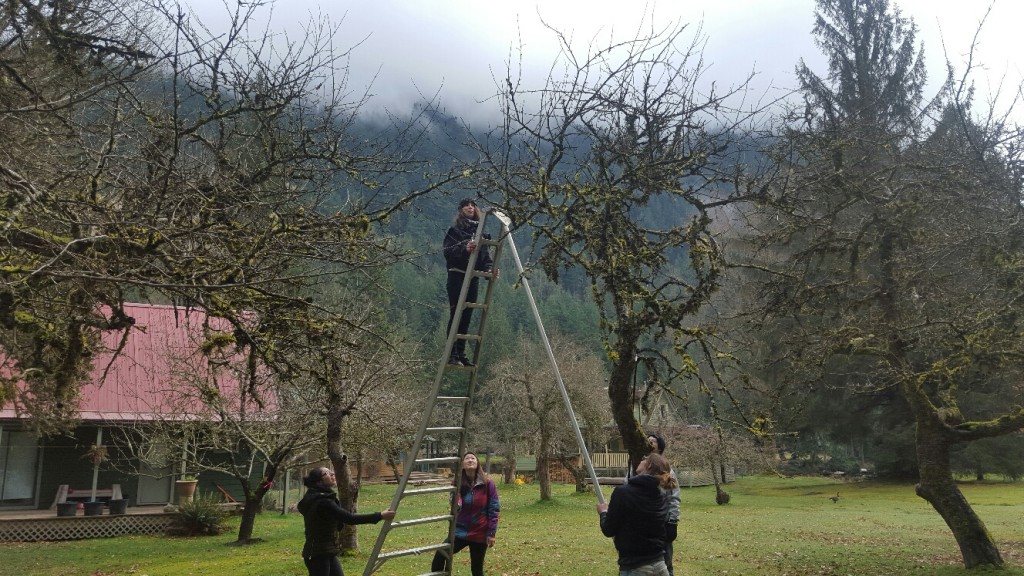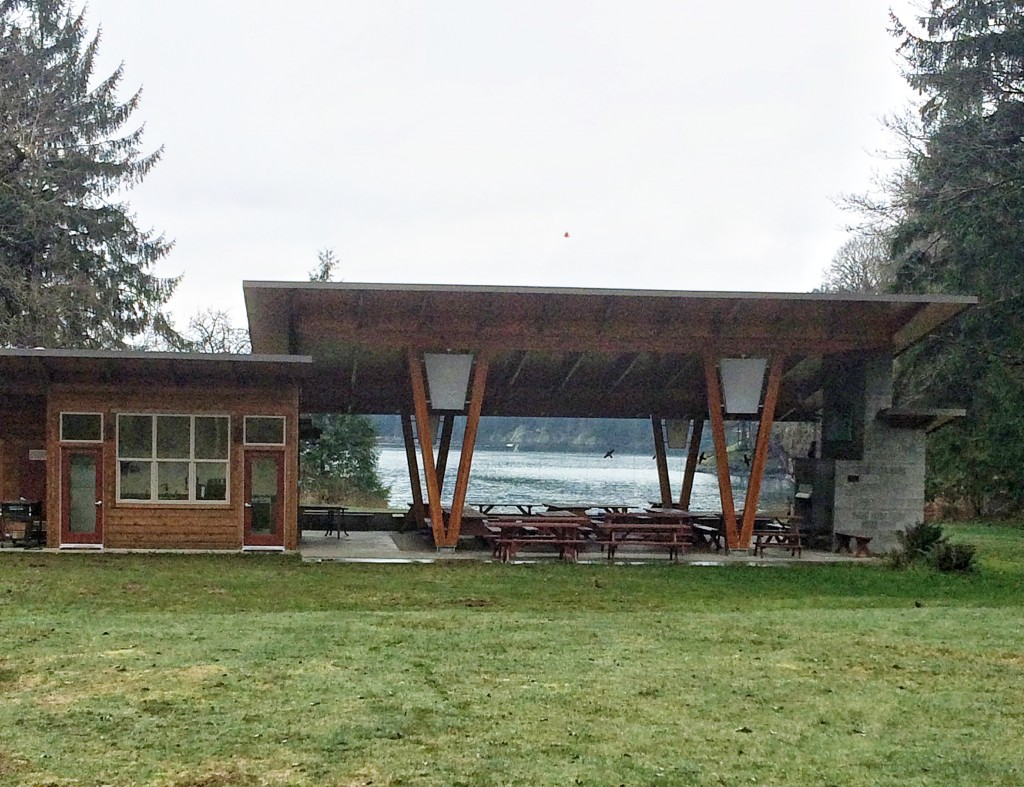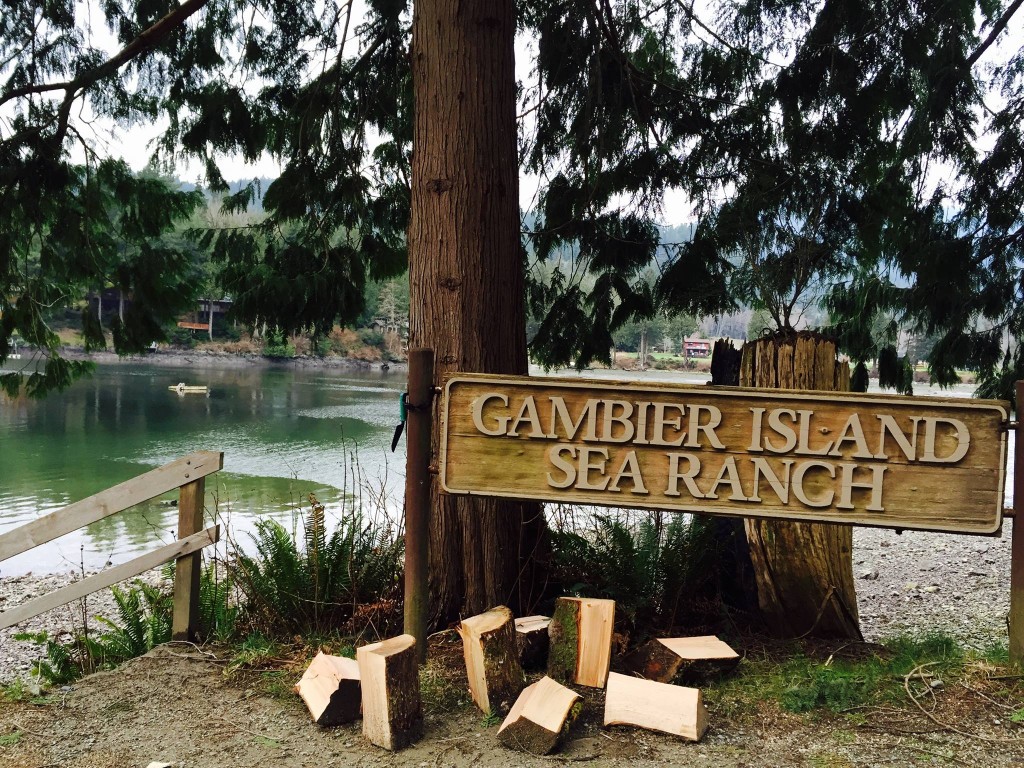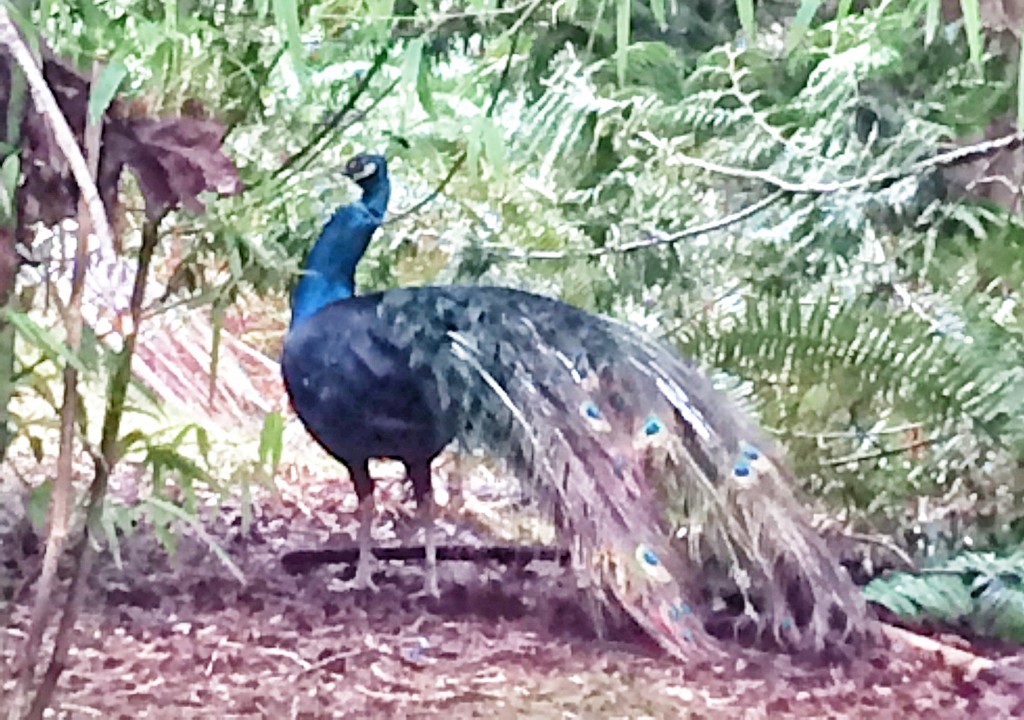“The secret of change is to focus all of your energy, not on fighting the old, but on building the new.” – Socrates
Weekly Objectives and Achievements
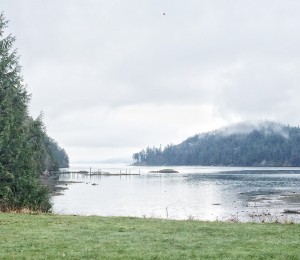
View of the ocean standing on Gambier Island
Each week throughout this project our group has made sure to communicate with each other on our progress. As week six was a holiday our main objective’s for week seven and eight were to one, meet with Dr. McArthur in order to learn what to look for in a scion and two, to actually make our trip to Gambier Island. During week seven our group met with Dr. McArthur and he taught us some valuable information in regards to apple tree grafting that we would need to know before embarking on our trip to the Island. On the weekend of February 27th our group met with our community partners David and Rosalie and from there we began our adventure to Gambier Island. We caught a little boat named the “Bowen Arrow” early Saturday morning and made a couple stops along the way until we reached Gambier Island. The whole ferry ride to the Island took approximately thirty-five minutes.
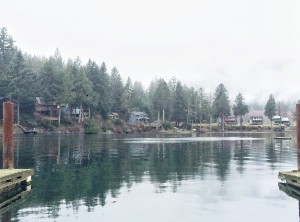
View of Gambier Island when docking the boat
Once arriving on the Island we could immediately feel their great sense of community as the head of the Gambier Island Sea Ranch Farm greeted us with big smiles and took our supplies in a tractor to our final destination. This kind courtesy allowed us to enjoy our walk on the Island without carrying heavy bags. We were then took on a tour of the Island and learned a lot about their history. We were also able to meet other residents on the Island get a good understanding of how their community is run. Our main goal of our trip, to collect scions from the Gambier Island historical apple orchard, was completed in the afternoon. Our team worked together very efficiently. Some of us climbed the huge ladder to snip off the scions and some of us labeled the trees and specimens and prepared them to be taken back to UBC for storage. We were able to take 5 – 7 scions from seven different trees. The first four trees were the trees our community partners specifically wanted us to preserve and the others were taken from tress that seemed to have healthy scions. Our trip was a great success and we are all excited to begin the grafting process once the root stocks arrive. In the mean time our group is continuing to develop an information package on how to care for the apple orchard and new trees that we will be sending to our community partners. Additionally, we are each working on our own individual assignment.
Reflection of our Group’s Moment of Significant Change Workshop from Session 9
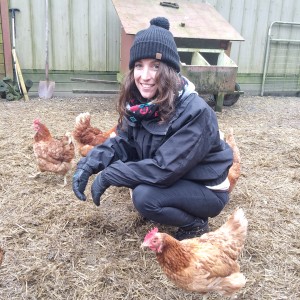
Meghan enjoying the farm on Gambier Island
WHAT?
During session nine’s tutorial our group participated in a workshop that allowed us to identify our feelings and emotions throughout our project and acknowledge our moments of significant change. We then summarized what we discussed in our group into a graphical presentation which is shown below. In our feeling vs. time graph each different colour represents each individual group members feelings (excited, neutral or discouraged) throughout our project thus far and shows where we are hoping to end up once the project is complete. It is interesting to note that our lines were slightly different, however the overall pattern for each of us was very similar. Moreover, we all have a common goal for our final destination shown on the graph. We all hope to finish this project with positive feelings and have a sense that our work was a success in terms of student learning, as well as our community partners happiness. Ultimately, we all would feel great content and success to be able to help preserve this great community’s historic apple orchard.
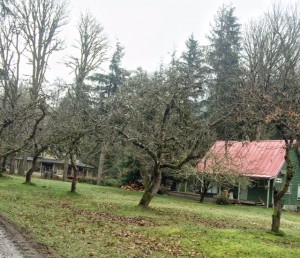
Gambier Island apple orchard trees that are in need of a little love!
SO WHAT?
This workshop was significant as it allowed us to identify our significant moments during the project, express our feelings and make goals for the end point of our project. One of our significant moments of change displayed on our graph was identified to be our most discouraging moment. This was during the time when we received feedback for our project proposal report. We all worked on the report very hard and wrote multiple drafts for it. When we received our mark and got our feedback it was not what we were expecting. We did not do as well as we hoped and our initial goals needed to be altered. Although we were all feeling discouraged and confused on how to please our community partners, teaching staff and ourselves, we were able to bounce back and become excited for the project once again. We re-wrote our proposal report taking all aspects into consideration and were happy with our changes (see our proposal report in our previous blog post). Our whole mind set continued to increase for the better through our other significant moment of change when we actually visited Gambier Island. Our community partners were great and gave us a fantastic tour of the island and taught us a lot about their community and the history behind everything on the Island. A specific moment of significance during our trip was seeing the apple orchard that we are collaboratively trying to preserve. The trees looked more sick and unhealthy then we had expected, it was surprising that some of them were still standing up. Having this visual really helped to increase our motivation as we all really want our tree grafts to be a success in order to regenerate these amazing historical apple trees. Overall, our group as a whole had a very positive experience during our day long adventure to Gambier Island and our motivation level and excited feelings increased greatly.
NOW WHAT?
Currently, our positive feelings are slightly decreasing as we are feeling the time pressure to complete all of our goals, but we are all optimistic of a positive and exciting finish. Now that we had the opportunity to come together as a group and discuss how we are feeling about our CBEL project we can better identify what we need to do in order to have a strong finish to this project. We all believe that if we keep up our good team work skills and put in the hard work that we will finish the project off excited and satisfied with our outcomes.

Group 24’s graph of significant change throughout our CBEL project.
Strategy for Successful Project Completion – The Graceful Dismount
While there have been fluctuating up’s and down’s throughout the semester, our group has maintained a steady commitment to achieve the best possible outcome, and ultimate success of our final project report. Success can be defined in many different ways to many different people. For this project, our group as a whole measures success based upon student learning of the Gambier Island Sea Ranch community and techniques involved in apple tree grafting. In addition to student learning, it is imperative for our group to maintain a respectful relationship with our community partners. And finally, our group believes that ultimate success in this project will be measured on the successful growth of the apple trees. To achieve this success our group plans to fulfill the following objectives:
Objectives:
- Continuing to meet and collaborate with our team members each week to ensure our success factors are being met.
- Maintaining a bi-weekly interaction with our community partners to ensure their expectations are being met.
- Expressing our individual concerns and problems in our community Facebook page and finding appropriate solutions.
- Working collaboratively with Dr. McArthur to ensure the apple tree grafts are growing successfully.
In order to ensure our group finishes strong we have reviewed academic literature on the characteristics of effective writing. This will ultimately provide the utmost high quality final report (Karg et. al 2015, and Fallick & Henderson 2009)
Photo Gallery from our Trip to Gambier Island
- Looking for the perfect scions
- Marking and storing the scions
- It was a team effort!
- Everyone pitching in
- The huge ladder
- Gambier Islands Community Centre
- Gambier Island Sea Ranch
- Gambier Islands Peacock
References:
Karg, Akoto-Dansi, & Dreshel, 2015. Examining Food Source sin the City of Tamale, Ghana.
Mullinix, Fallick, & Henderson, 2009. Beyond Food Security: Urban agriculture as a form of resilience in Vancouver, Canada.

